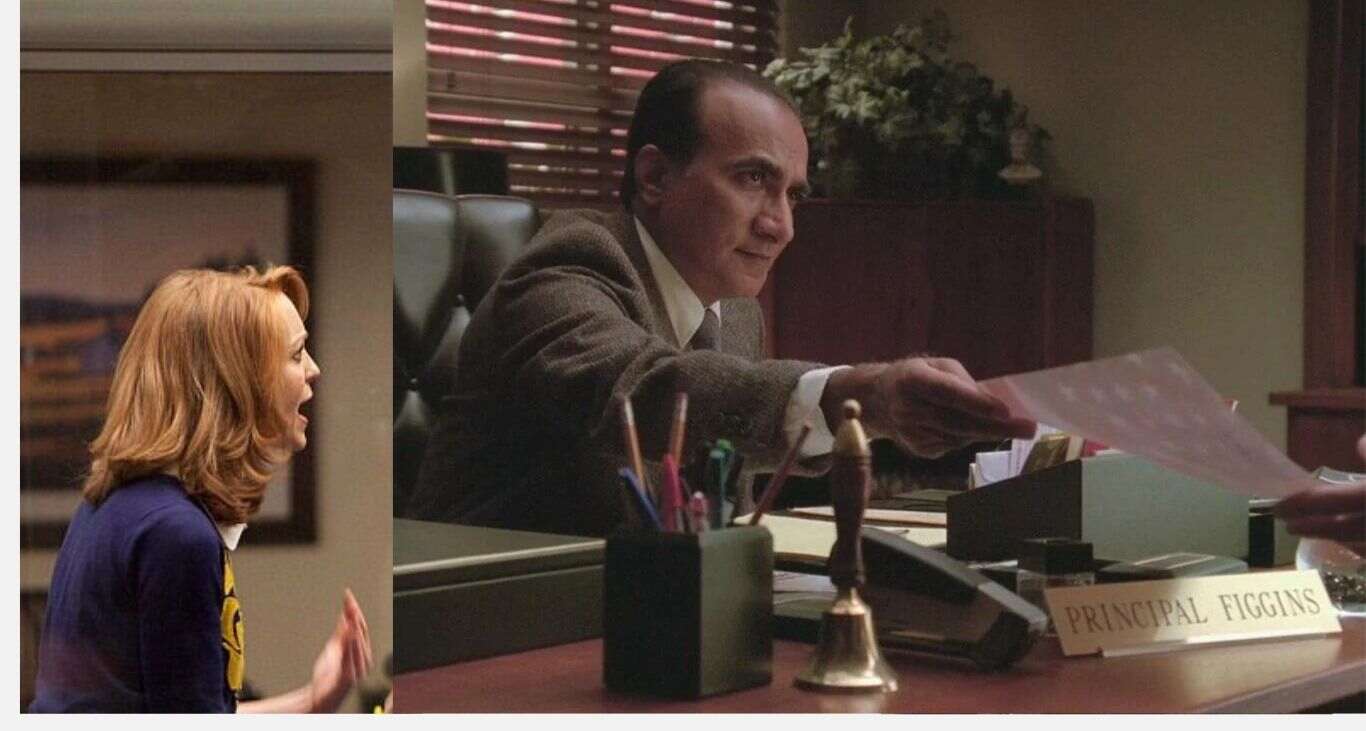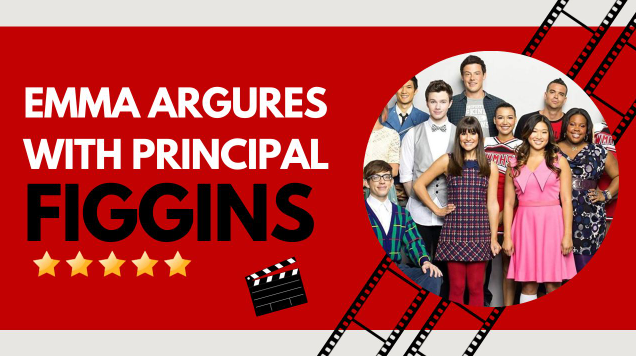Introduction
Conflict is an inevitable part of life, and when it occurs within the context of education, it can be especially challenging to address. In this article, we will explore a hypothetical scenario in which a student named Emma finds herself in a heated argument with her school’s principal, Mr. Figgins. We will delve into the reasons behind the conflict, the potential consequences, and how such situations can be resolved. Additionally, we will provide a FAQ section to address common questions and concerns related to conflicts in educational institutions.

I. The Conflict Unfolds
Emma is a bright and passionate student who has always been dedicated to her studies. She excels academically, participates in extracurricular activities, and is known for her strong opinions. However, her recent clash with Principal Figgins has sent shockwaves through the school community.
The argument began during a school assembly when Emma took the stage to speak out against the school’s decision to cut funding for the arts program. Her impassioned speech garnered the support of many students and some teachers, but it did not sit well with Principal Figgins. He believed that Emma’s actions were disruptive and disrespectful, and he confronted her after the assembly.
The argument escalated quickly. Emma accused the school administration of neglecting the arts and undermining students’ creative potential, while Principal Figgins argued that Emma’s approach was inappropriate and undermined his authority. The clash ended with Emma’s suspension, sparking outrage among her peers.
II. Understanding the Causes
A. Communication Breakdown One of the primary reasons for the argument between Emma and Principal Figgins was a breakdown in communication. Emma felt that her concerns were not being heard, which led to her decision to take matters into her own hands. On the other hand, Principal Figgins, while acknowledging the importance of the arts, felt that Emma should have addressed her concerns through more appropriate channels.
B. Differences in Perspective Emma’s perspective as a student and advocate for the arts clashed with Principal Figgins’ perspective as an administrator responsible for managing the school’s resources. This fundamental difference in viewpoint created tension and fueled the argument.

C. Emotion and Passion Emma’s passionate nature played a significant role in the argument. While her passion was admirable, it sometimes clouded her judgment and hindered her ability to communicate effectively. Principal Figgins, on the other hand, perceived her passion as a challenge to his authority, which further exacerbated the situation.
III. Consequences of the Conflict
The argument between Emma and Principal Figgins had several consequences for both parties and the school community as a whole:
A. Damaged Student-Principal Relationship The relationship between Emma and Principal Figgins was severely damaged by the conflict. Emma felt unfairly treated, while Principal Figgins felt undermined.
B. Student Outrage The suspension of Emma triggered outrage among her fellow students. Many felt that their voices were being silenced, and they organized protests and demonstrations in support of the arts program.
C. School Environment The conflict had a negative impact on the school environment, creating tension and division among students, teachers, and administrators.
D. Missed Opportunities for Resolution The argument overshadowed the underlying issue – the importance of arts education. It hindered the school’s ability to address this issue constructively.
IV. Resolving the Conflict
Conflict in educational settings can be challenging but not insurmountable. Here are some steps that could have been taken to resolve the conflict between Emma and Principal Figgins:
A. Mediation A neutral third party, such as a school counselor or an external mediator, could have facilitated a conversation between Emma and Principal Figgins to help them find common ground and a solution to the issue.
B. Communication Channels The school could provide more effective communication channels for students to express their concerns, ensuring that their voices are heard and addressed appropriately.

C. Policy Review The school administration could review its policies regarding student involvement in decision-making and explore ways to engage students in shaping the school’s programs and policies.
D. Conflict Resolution Workshops Both students and school administrators could benefit from conflict resolution workshops to improve their communication and problem-solving skills.
must read=Emma Argues with Principal Figgins
V. FAQ: Addressing Common Concerns
- What should students do if they have concerns or disagreements with school policies? Students should utilize appropriate channels for expressing their concerns, such as speaking to teachers, counselors, or student government representatives. If necessary, they can request meetings with school administrators to discuss their issues.
- Can students protest against school policies? Students have the right to peaceful and respectful protests to express their concerns. However, it is essential to work with school authorities to ensure that protests do not disrupt the learning environment.
- How can schools promote healthy communication between students and administrators? Schools can promote healthy communication by establishing open-door policies, organizing regular student forums, and providing students with opportunities to engage in decision-making processes.
- How can conflicts between students and administrators be resolved effectively? Mediation, conflict resolution workshops, and clear communication channels can be effective tools for resolving conflicts between students and administrators.
- What is the role of teachers and counselors in mediating conflicts? Teachers and counselors can play a crucial role in mediating conflicts by providing a safe space for students to express their concerns and by helping students and administrators find common ground.
Conclusion
The conflict between Emma and Principal Figgins highlights the importance of addressing issues constructively within educational institutions. It is essential for both students and administrators to communicate effectively, find common ground, and work together to create a positive learning environment. By understanding the causes of conflict, considering the consequences, and implementing effective conflict resolution strategies, schools can foster a healthier and more productive educational community.
